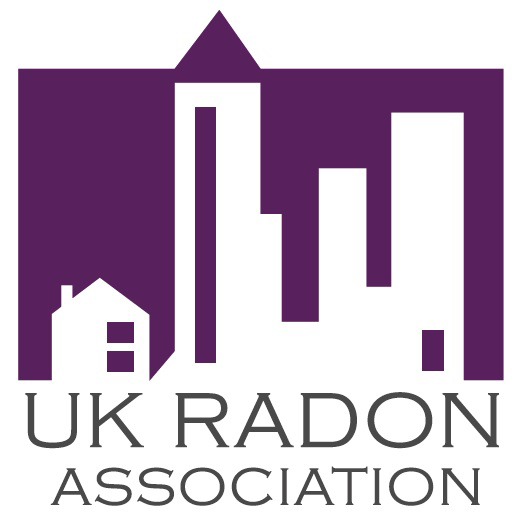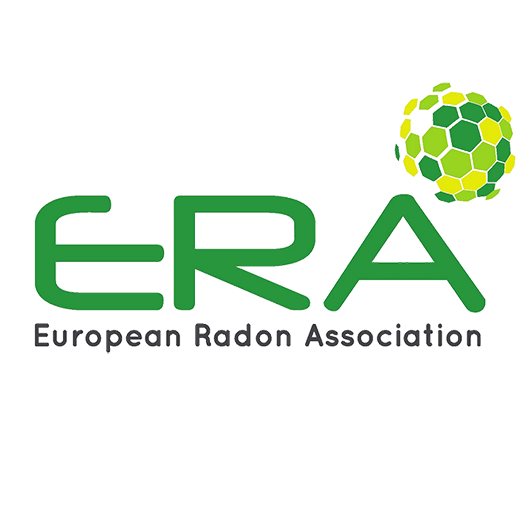Where do we find radon ?
Radon is everywhere – even where you live
Many live in the belief that there is no radon where they live. That’s wrong, because unfortunately Radon gas is everywhere. The key question is, how much? It has been decided that in order to reduce the number of lung cancer cases in the United Kingdom, the target value for radon in indoor air should probably not be more than 100 Bq/m³. There are a variety of reasons for this threshold being exceeded, no matter where you live in the UK.
When we conducted our own studies at Radonova, we found that awareness of radon and its risks is relatively good in the UK, especially in comparison with other countries. As a result of that the majority of people understand that radon can be found everywhere. However, the majority of respondents to our survey said that they did not believe there was radon where they lived. These conclusions are also confirmed by studies conducted in Canada.
Brief facts – where you’ll find radon
- In the United Kingdom soil you can find Radon. However, the concentration may vary, depending on the amount of uranium and also the type of soil.
- Even in areas classified as having low-risk soil, radon is probably present in sufficiently high concentrations to pose a problem in indoor air.
- Finally Radon may also come from building materials, but this is very uncommon.
Reducing radon content – cheap life insurance
A common reason why homeowners do not measure radon is that they probably believe any rectification will be expensive and therefore complicated. TherefThat’s not usually the case. If measurements indicate radon content above the 100 Bq/m³ target value, there are usually cost-effective solutions to address the problem.
So the resolution of excessive radon levels is therefore a cheap form of life insurance that reduces the risk even more if you or your family members are being affected by lung cancer caused by radon. If you own your home and you address a radon content level that exceeds the target value, you can increase the value of your home when the time comes to sell.
How much does it cost to fix a high radon content level?
Finally fixing a high radon level costs on average between £3,000 and £5,000. Compared to the value of your home, the cost is very low. It’s also a very cheap insurance for you, against lung cancer caused by radon.





